The greatest car race in history: 20 thousand kilometers on carts with an engine
Categories: Auto | History | Sport | Travel
By Pictolic https://pictolic.com/article/the-greatest-car-race-in-history-20-thousand-kilometers-on-carts-with-an-engine.htmlOn the cold morning of February 12, 1908, a quarter of a million people poured out onto the streets of New York to see the start of the grand rally with their own eyes. The final destination of the race, which began in Times Square, was Paris!
Six crews — American, German, Italian and three French-had to cross the North American continent, enter Russia through the Bering Strait (it was assumed that the water was tightly bound with ice) and then through Siberia and Eastern Europe to reach the French capital.
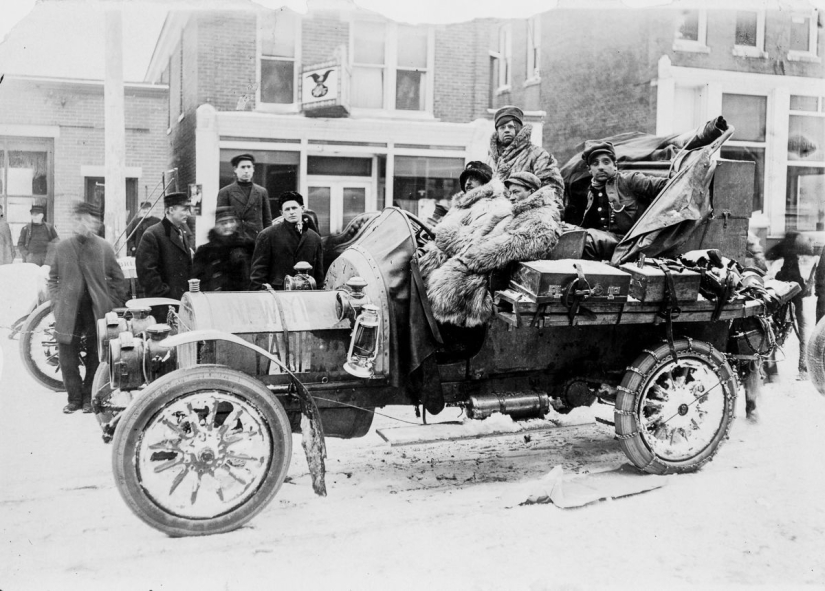
This adventure was decided by notorious daredevils, whose tricks were repeatedly written in the newspapers. Among them were people of all classes-from a simple mechanic from Buffalo to a representative of a noble German family. The head of the New York auto club announced that the first crew to arrive in Paris would receive a thousand dollars. But it was not money that led the brave men on a dangerous path, but the thirst for immortal glory.
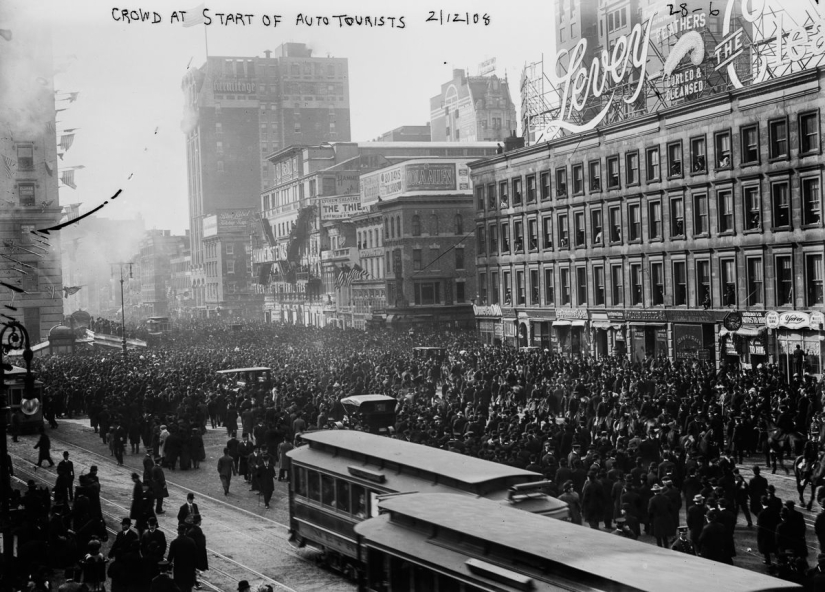
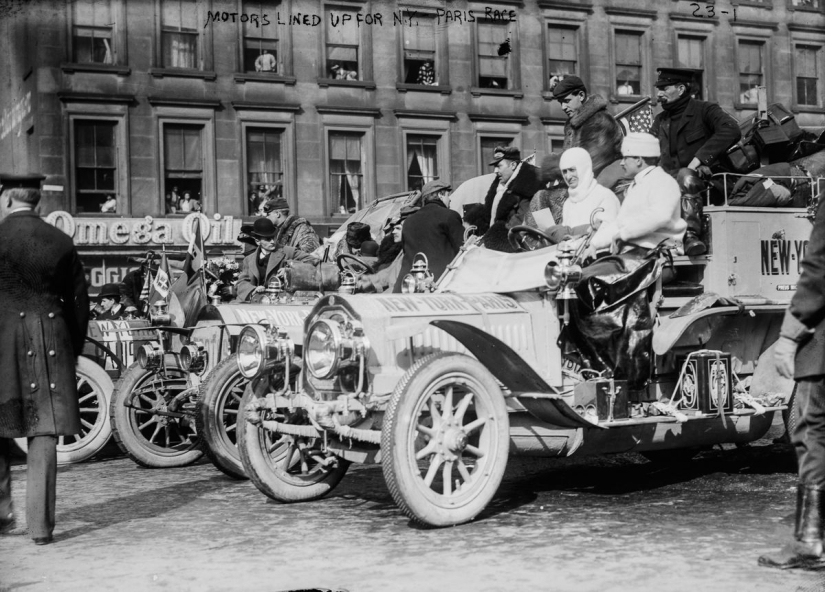
Major General George McClellan was supposed to start the race with a pistol shot at exactly 11 o'clock. He, however, was delayed, and then someone, without waiting for the authorities, fired into the air. The cars took off. Or rather, they didn't break down, but just went. The most powerful of them-the American "Thomas Flyer" ‑under the hood had 72 horsepower and a heavy 9-liter engine. The rest did not have 40"horses".
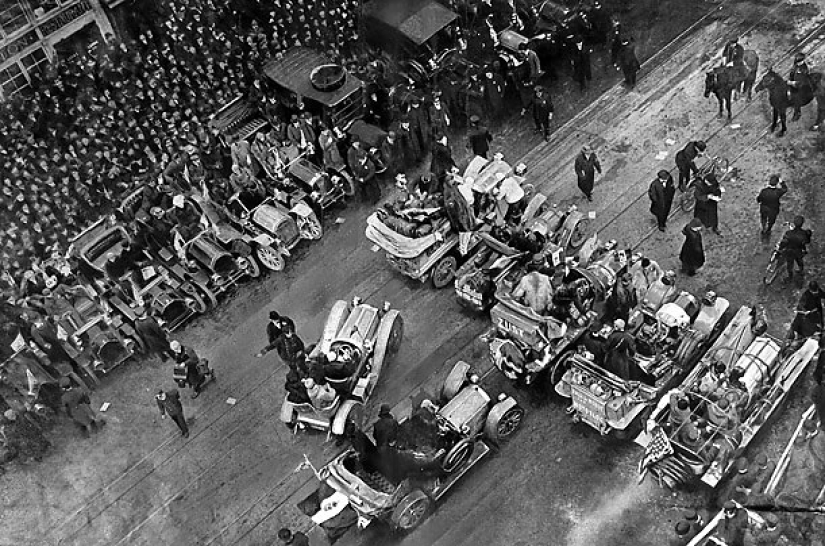
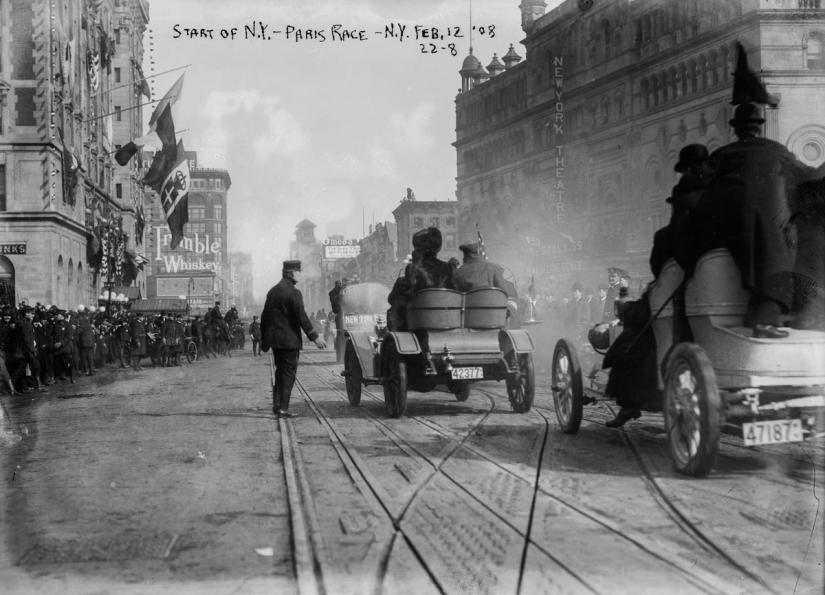
As soon as the motorcade left New York, the road in the usual sense of the word ended. Loaded with spare parts, fuel, and provisions, the cars plowed through the snowdrifts at a teaspoon an hour, stopping every now and then for repairs. The French "Sezer-Nordin" left the race, not having traveled 200 kilometers. It was not possible to replace the broken rear axle in field conditions.
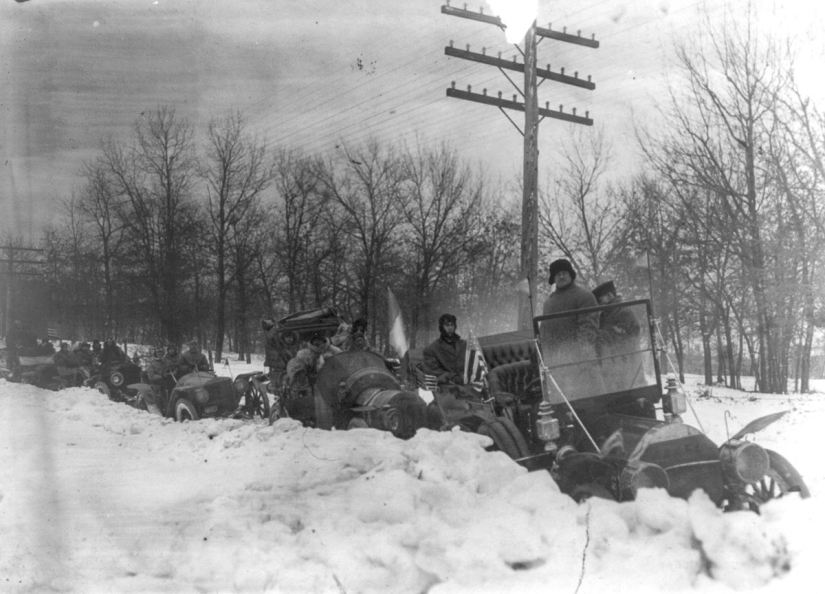
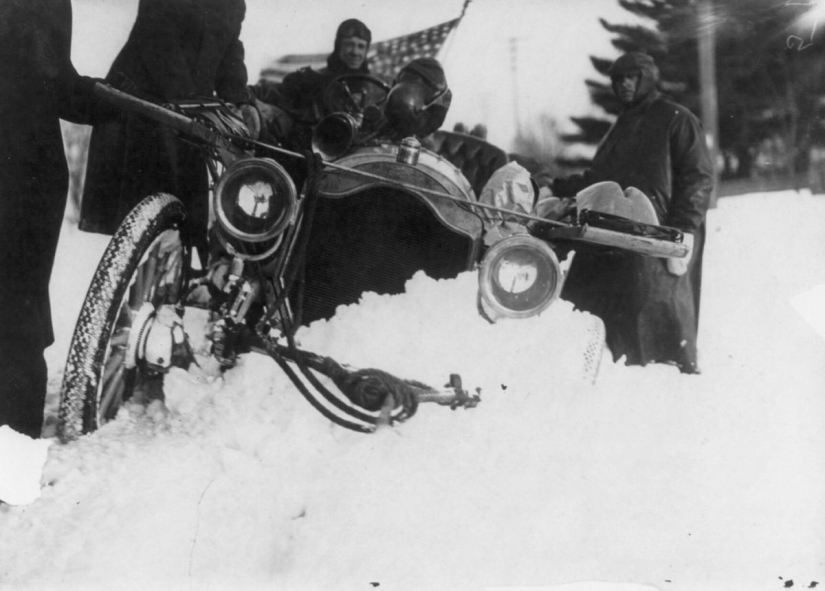
Only three cars had reached Albany by the end of the second day of the race. The organizers were forced to moderate their ardor. What kind of Alaska and Chukotka can we talk about if the crews are not able to leave the state in 48 hours? It was decided to abandon the idea of "From New York to Paris without the help of a steamboat".
After much bickering, it was agreed that the cars would continue on their way to the Pacific Ocean, and on March 5 they would board a train in the nearest city, travel by rail to Seattle, and from there by boat to Vladivostok. The participants of the rally, presumably, received this news with enthusiasm.
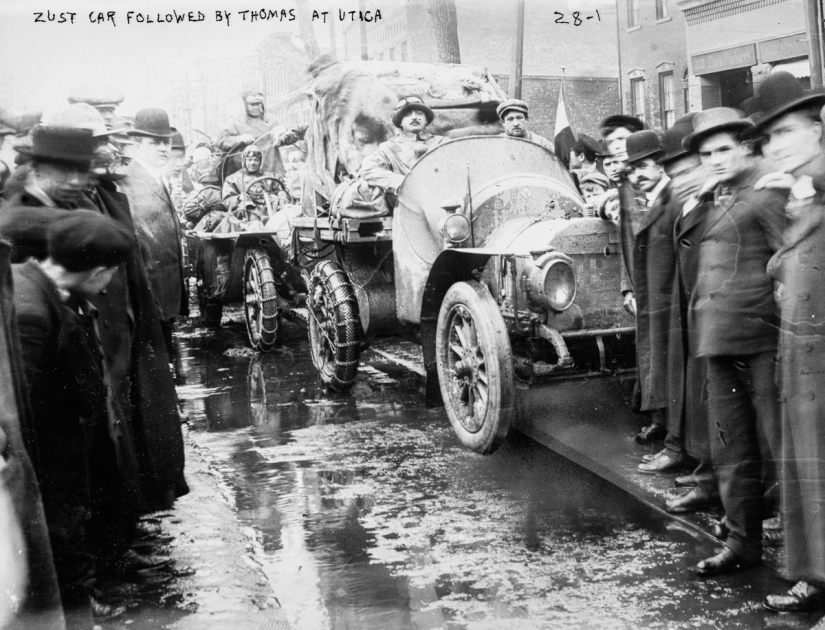
The Americans immediately took the lead. As it turned out, their Thomas Flyer was not only the most powerful, but also the most reliable. While the competitors wasted time repairing one piece after another, George Schuster and Montague Roberts pushed ahead. On the territory of the United States, they did not encounter any serious breakdowns.
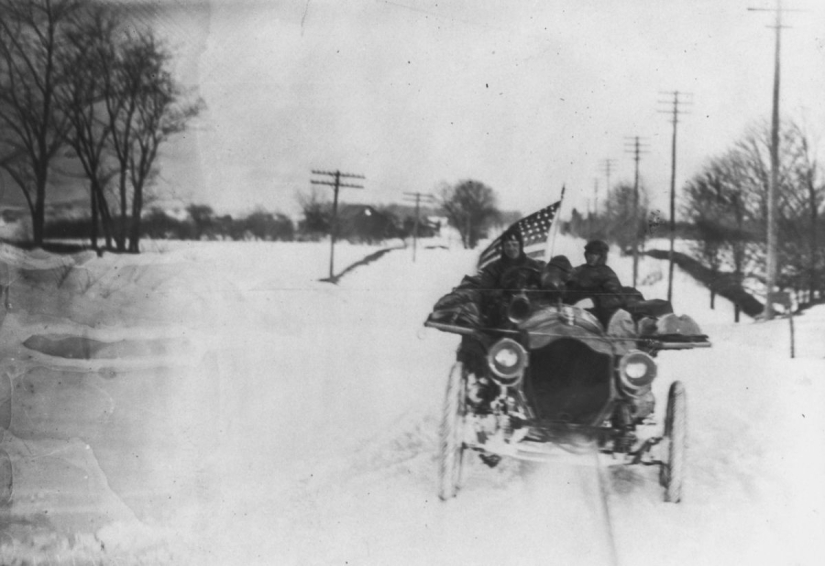
In addition, the locals were always ready to come to the aid of their compatriots when the Thomas Flyer, with the stars and stripes flying, once again buried itself in the snow. For the most part, foreigners had to cope with the mudslide on their own.
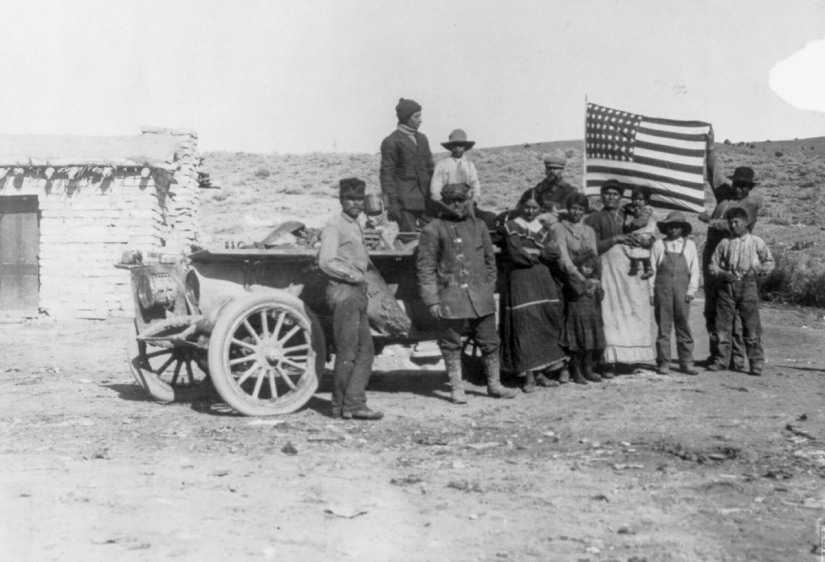
The Germans had the hardest time on the 34-strong Protos . When they entered the state of Illinois, their last spare tire broke down. The coachman made a new wheel in a day, but this delay proved fatal. It was snowing so hard that the crew had no choice but to travel by rail. It was only possible to move along it at night, while the trains were not running.
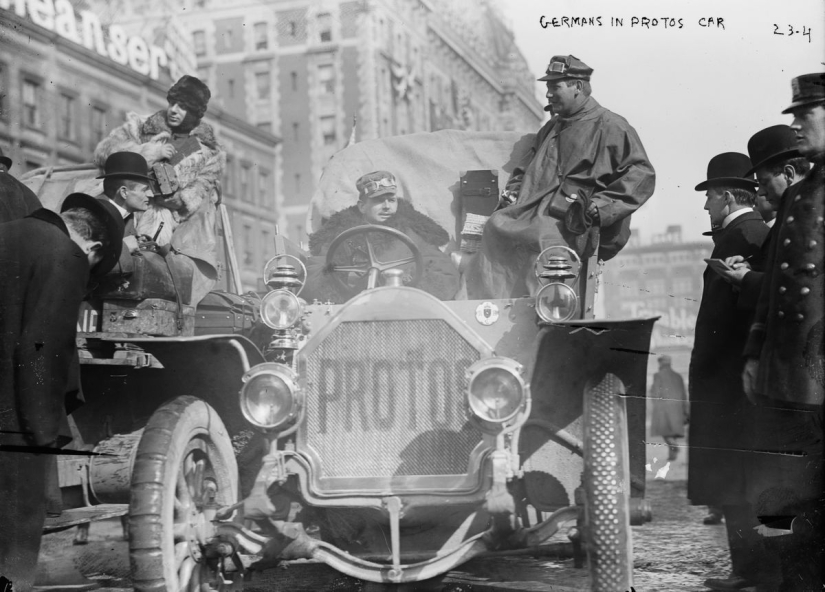

Night race on sleepers — a serious test, even for a modern car. And for the machines of the early XX century, which the London Daily Mail quite accurately described as "the most fragile and capricious thing on earth" - natural torture. In short, after a couple of days on the Protos, the steering knuckle broke. The ideological leader of the crew, Lieutenant Hans Köppen, took a train to Chicago to get a new one, and when he returned, the mechanic Hans Knappe was in hysterics: "I'm not going any further! You want to kill us in these damned snows for your own glory! " Had to be replaced by a weakling.
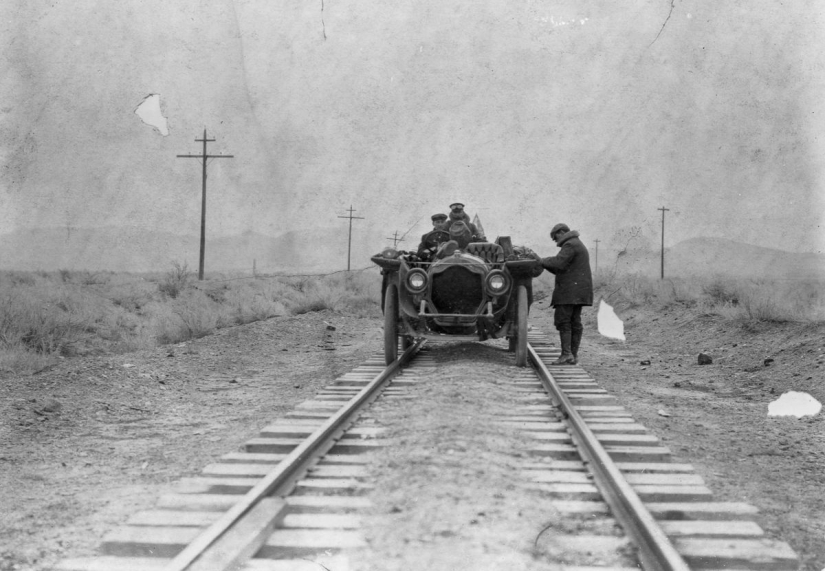
Soon there was a new unpleasant surprise. The race management decided that the participants should still get to the west coast on their own. March 5 no longer promised a temporary release from adversity. At the same time, there were practically no spare parts left on board the Protos, since most of them were sent to Seattle when it became known about the change in the route. It would seem that there was nothing shameful in giving up on this. Moreover, the Americans had already lost 1,300 kilometers by that time. But this was not Lieutenant Köppen. Protos remained in the race.
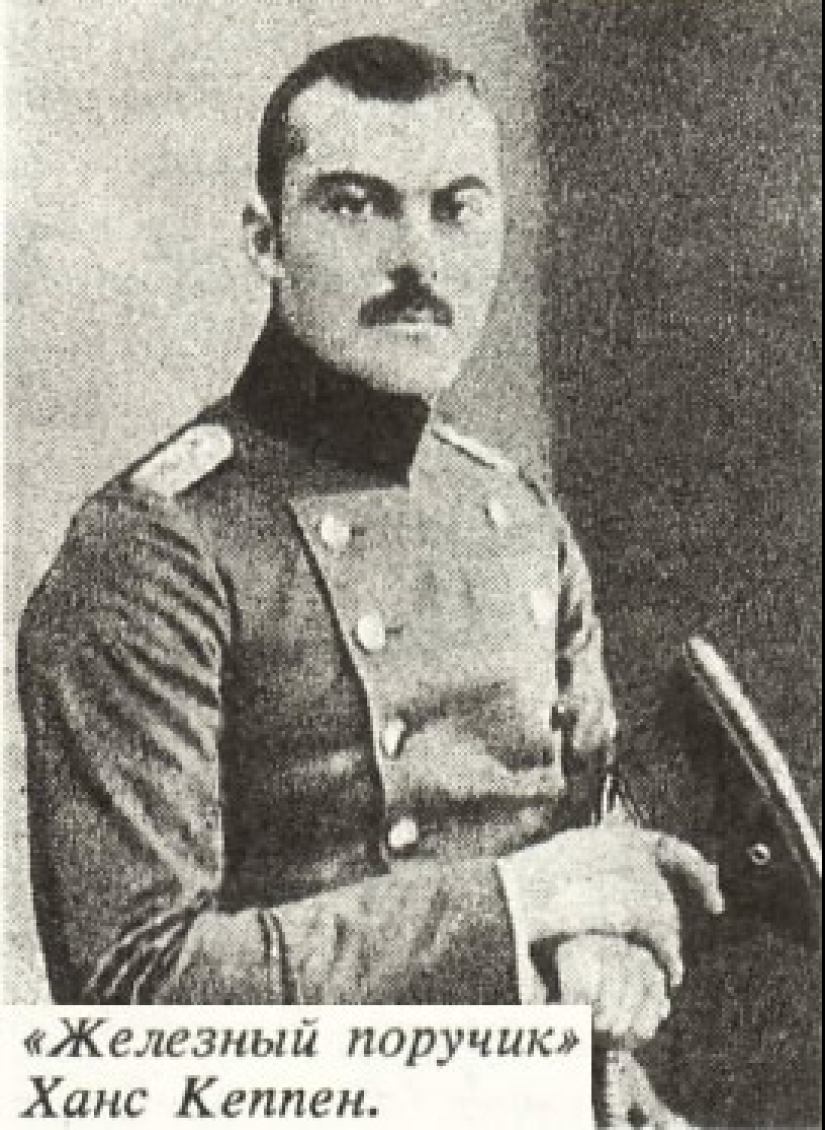
In the Rocky Mountains, Köppen fell ill with a fever. He was lying in the back seat in a semi-fainting state when the car caught on a rail at a railway crossing. According to the canons of the genre, at this moment, an approaching train appeared in the distance. As the lieutenant told later, they managed to push the car off the embankment literally at the last moment.
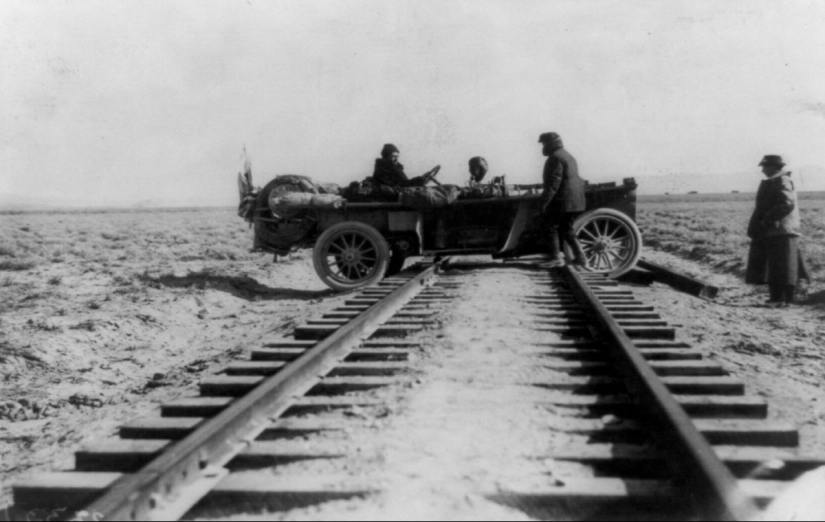
Another week of travel, and two connecting rods broke off on the Protos. I didn't have any spare ones with me. Then Köppen obtained permission to take the agonizing machine to the Pacific Ocean by train.
By then, the Thomas Flyer had reached San Francisco. The Americans covered 4 thousand kilometers in 41 days. Only two carriages were in pursuit of them. In addition to the "Protos", the Italian"Zust" aspired to fame and a thousand dollars.
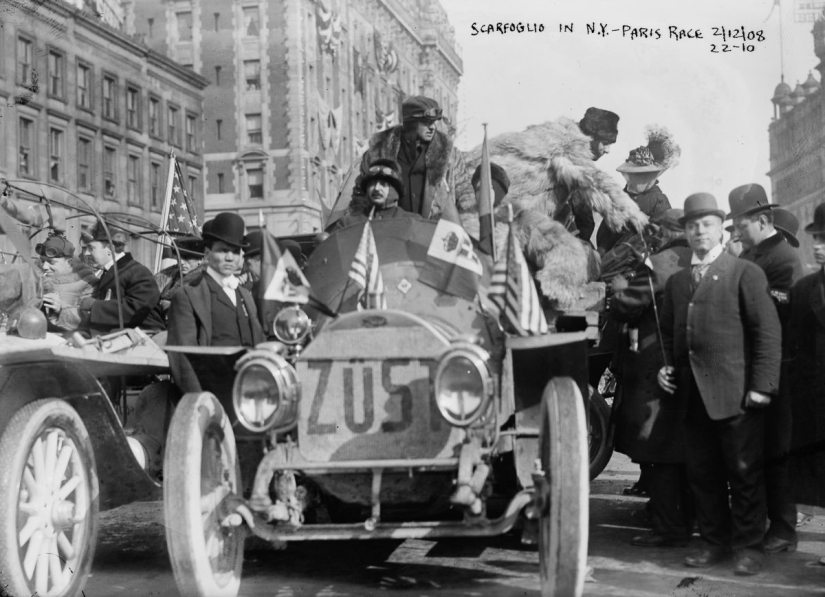
The organizers, meanwhile, continued to throw out laps. They granted amnesty to Alaska and the Bering Strait, returning to the original route. Actually, for the sake of crossing the strait in cars, the race was decided to be held in the winter. The Americans took the salute, and they were steamed to Seattle, and then to the city of Valdiz, near Anchorage. Schuster and Roberts went deep into the tundra, but soon telegraphed: Alaska is impassable. The crew was returned to Seattle by the same steamer.
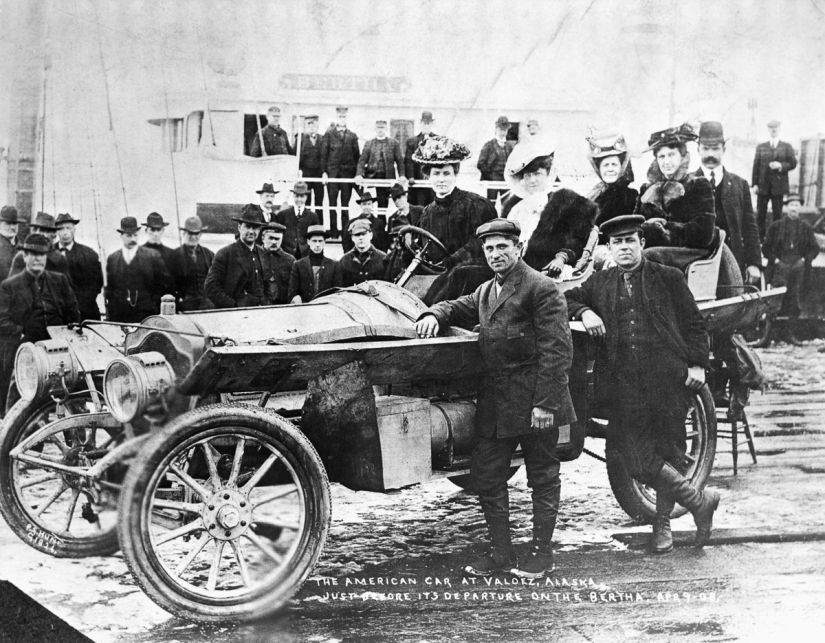
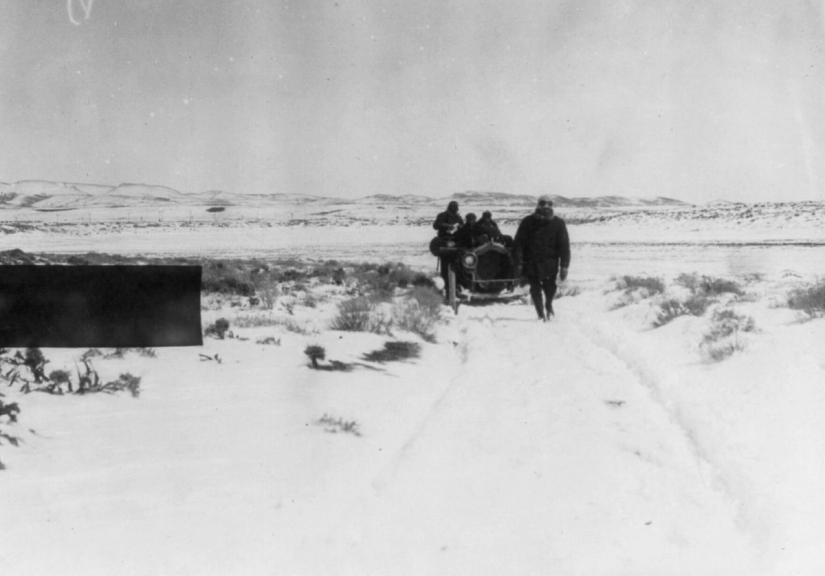
While the court and the case, the Americans caught up with competitors. It turned out quite unfair, and the management gave the victims a bonus in the form of 15 days, for which they can fall behind the leader of the race and still win it. In addition, the Germans were awarded a 15-day fine for the fact that they could not get to San Francisco without assistance.
On May 22, all three crews were taken by ship to Vladivostok, from where they once again set off on an adventure. There was a change in Köppen's team. Kaspar Neuberger, a Benz mechanic, arrived from Germany, a man who, it was said, could turn over an engine with his eyes closed. "Protos" took off from the spot, hoping to catch up with the 30-day gap from the main competitor. "Zust" disappeared from the rearview mirrors back in Manchuria, "Thomas Flyer" was kept close for a long time.
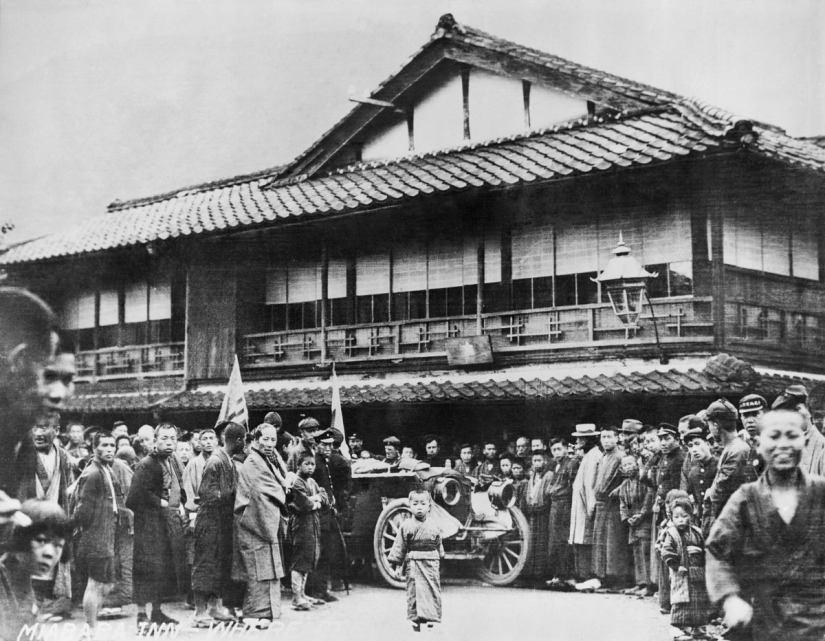
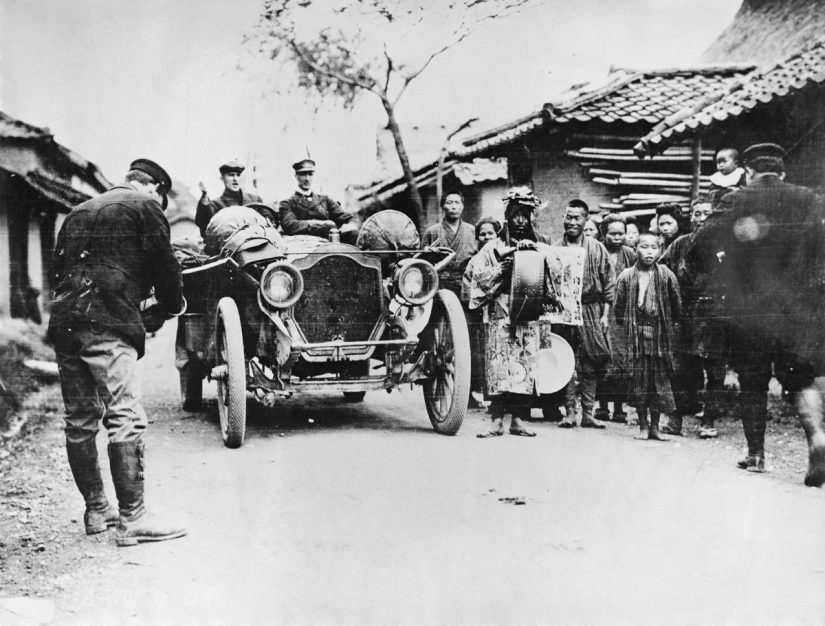
The Asian part of the way was much easier. It is understandable, in the summer it is much more pleasant to go. However, the voyage could not be called an easy walk. "We had a lot of trouble on the road," recalled Antonio Scarfoglio, a member of the Italian crew. "Chinese bandits, Manchu tigers, disease, famine. In the forests, mosquitoes the size of locusts overwhelmed us, and in the Volga steppes, we were covered with torrential rains, and the roads turned into mush."
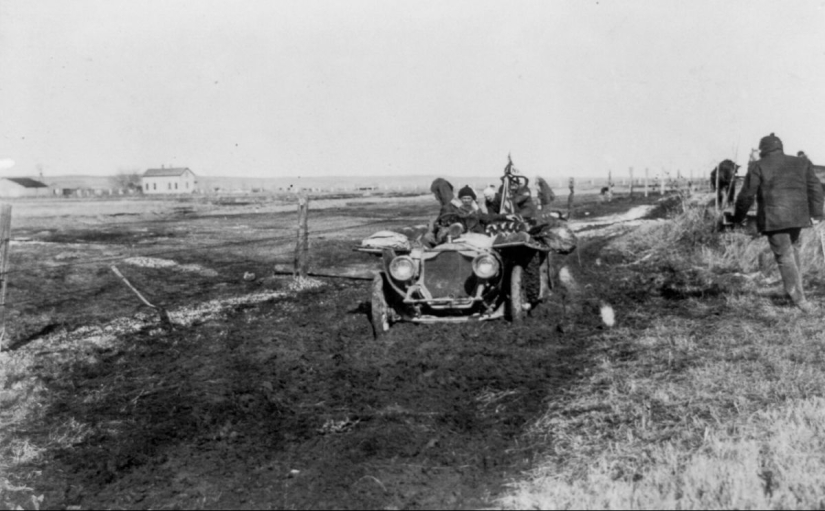
The Protos flew ahead with all sail, while the Americans ' luck ran out. Until Omsk, they could not solve the problem with the transmission, and at Lake Baikal they were late for the ferry, which took quite a long time. Keppel and company broke away and, like the crew of the Wildebeest from the immortal novel by Ilf and Petrov, collected all the cream on the way. In Chita, the Germans received a substantial cash prize from the administration of the Trans-Siberian Railway, left Yekaterinburg sprinkled with flowers, and stopped in St. Petersburg, where they were awarded an audience with Emperor Nicholas II.
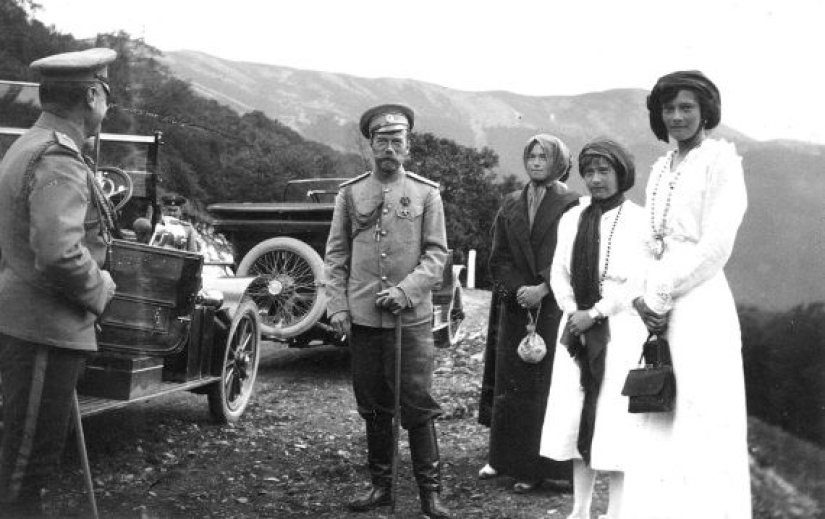
On July 24, the Protos entered Berlin in triumph, and two days later, at six o'clock in the afternoon, it rolled up to the offices of the newspaper Le Matin on the Grand Boulevards in Paris. The Germans were not so warmly received by the Parisians, but the travelers did not particularly care. They prayed that the Americans would get bogged down somewhere and not arrive for at least a month.
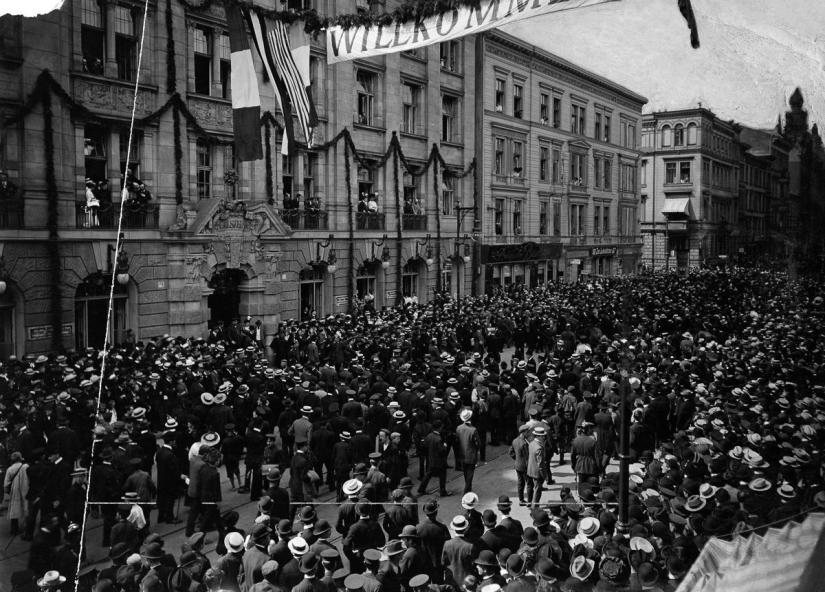
However, the Thomas Flyer arrived at the rendezvous point four days later, buzzing wildly. George Schuster, the only member of the star-spangled crew who made it all the way from New York to Paris, has forever written his name in the history of motorsport. In a car that was no more than a cart with an engine compared to current vehicles, he covered 21,470 kilometers in 169 days.
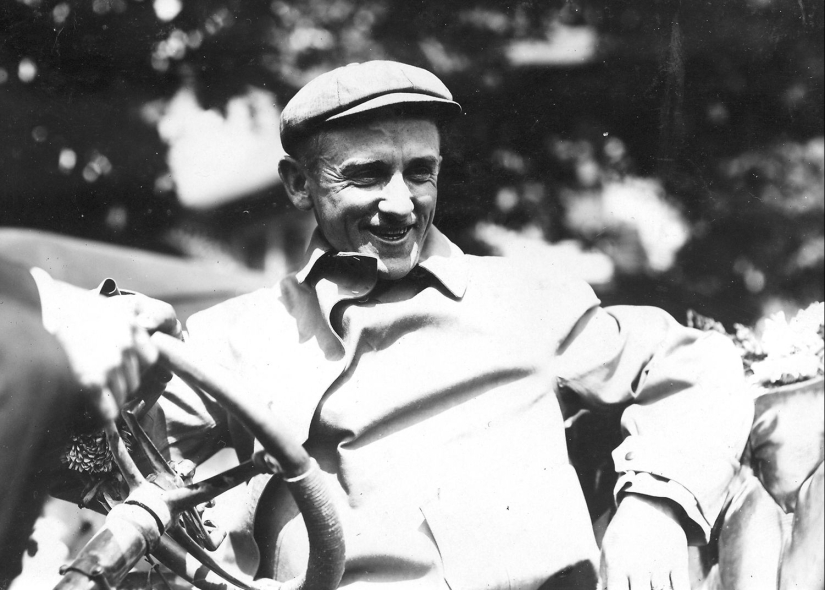
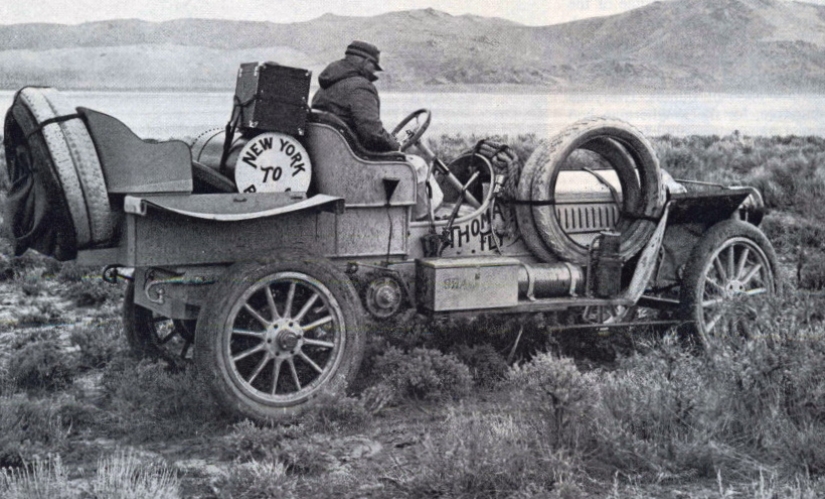
Since then, many brave men and women have saddled the iron horse, going on risky journeys. But you can't beat Schuster. All you can count on is to get in line with him.
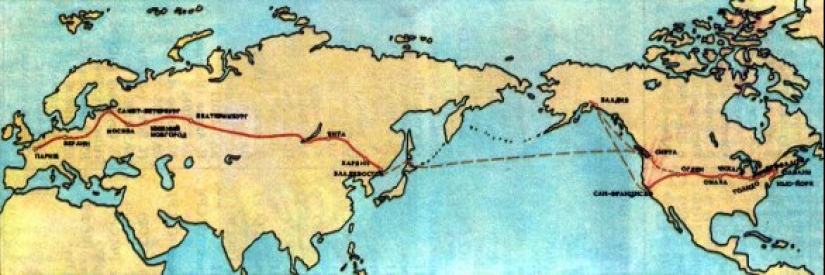
Keywords: Auto racing | Sports | Auto | Paris | New york | History | Travel | Rally | Cars
Post News ArticleRecent articles

Leonardo da Vinci was accused of being fond of orgies. William the Conqueror, despite all his successes, was called a "Bastard" ...

Modesty? Decency? A sense of tact? No, you haven't heard! Just look at what the people from the selection below are doing! No ...
Related articles

We tell the story of a real giant of Bulgarian-Polish origin, Andre Rusimov, who made a career as a wrestler and actor. He was so ...

In modern society, the cult of sports is actively planted and life without regular training is presented as something unattractive ...

Fit athletes in revealing bikinis look very sexy. But they don't wear separate swimsuits for beauty. The European Handball ...

American documentary photographer Bruce Davidson came to the UK in 1960 for a couple of months on the assignment of Queen magazine. ...